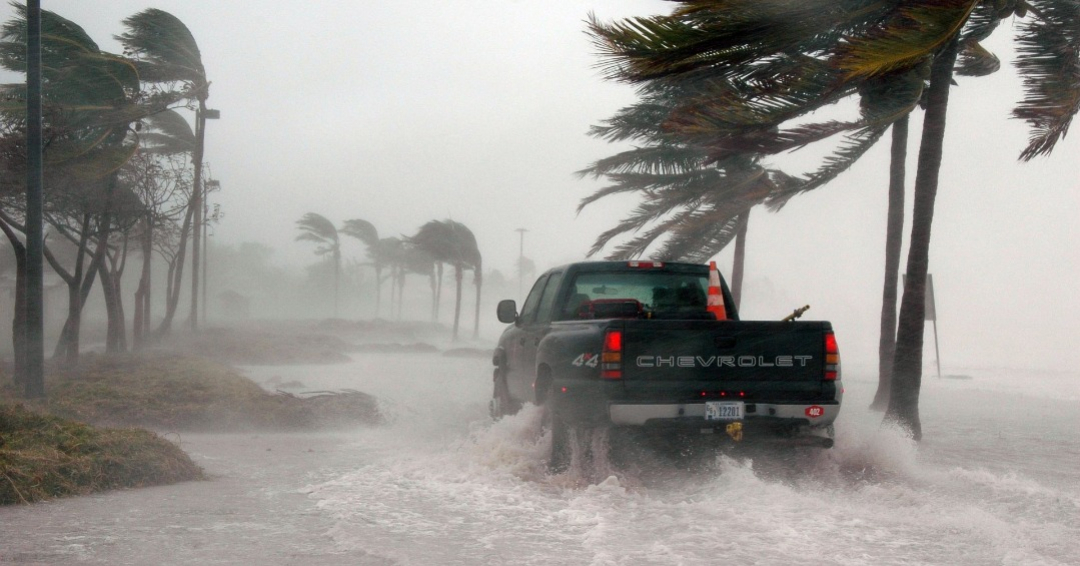Rising sea levels and climate change together could lead to consecutive hurricanes and tropical storms hitting coastal areas like the Gulf Coast as often as every 3 years, according to a study recently published in the journal Nature Climate Change.
In 2017, after a particularly destructive hurricane season (Harvey, Irma and Maria), researchers started raising questions about the increasing frequency of sequential hurricanes. Their theories were confirmed in 2021 when hurricane Ida struck Louisiana, followed shortly by Tropical Storm Nicholas in Texas.
Researchers are broadly in agreement that climate change will increase the intensity of Atlantic hurricanes in the coming century, although they remain at odds over whether it will also lead to an increase in their frequency. But storms of greater intensity will have a more devastating impact.
The increasing hazard is driven by two factors: rising sea levels and increased precipitation. Storm surges are becoming more of a threat as the baseline coastal water level rises, while higher air temperatures mean that storms can carry more water. This leads to greater precipitations, which result in more flooding.
Specialists warn that communities need to improve their resilience and response capacities by hardening flood water removal systems and protecting their transportation infrastructure, water systems and power grids. Emergency response teams need to be prepared for multiple storms at once and to send resources to multiple places simultaneously.
Source: PHYS.ORG

